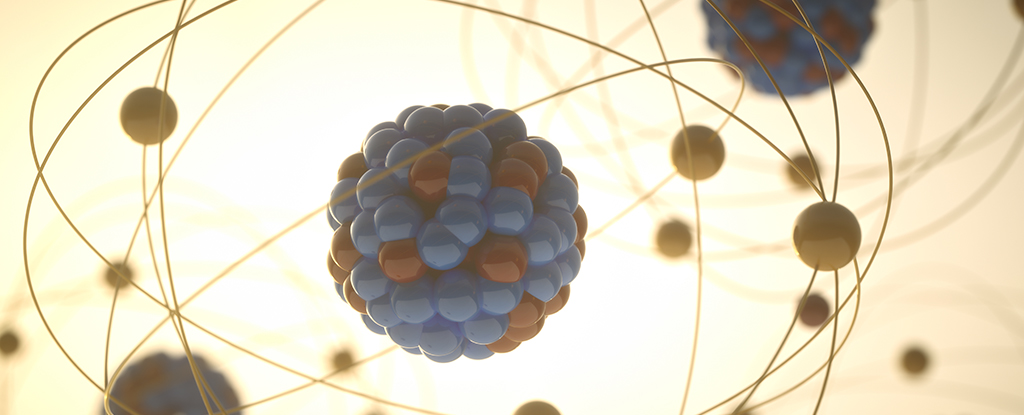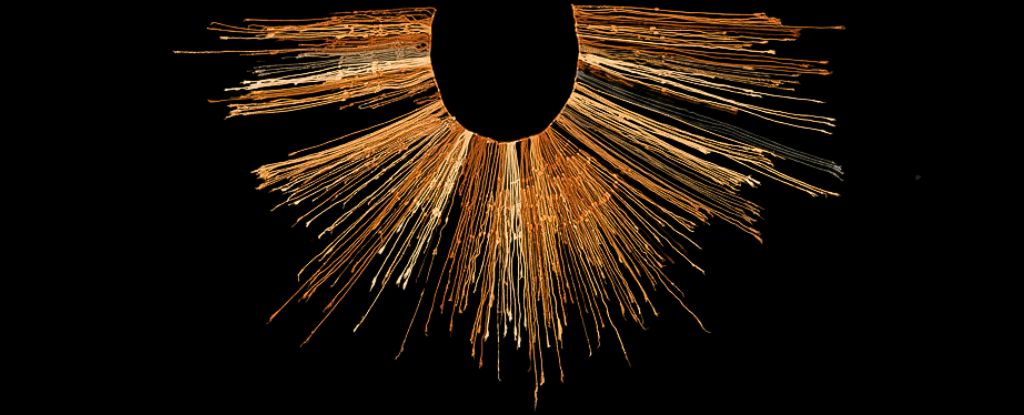Nuclear fission is the splitting of the atomic nucleus into two (or more) lighter elements.
Although it can occasionally occur spontaneously with isotopes of some heavy elements, such as thorium and uranium, it is usually triggered by a neutron hitting the nucleus with the right force.
The sudden overcrowding makes the clump of protons and neutrons unstable and prone to breaking apart, leaving not only smaller nuclei – or fissionable products – but also ejecting more free neutrons, along with a burst of high-energy photons in the form of gamma rays.
The energy released when nuclear particles separate has been used as an energy source since the mid-20th century.
While the power generation process doesn’t emit the same pesky greenhouse gases as burning fossil fuels, concerns about the risk of a core meltdown, long-term hazardous waste and costs mean the nuclear future dreamed of by many in the past may not be as easy to achieve.
How is nuclear fission used to generate nuclear energy?
experiments in the 1930s The bombardment of atoms with nuclear particles led to fission models that promised a significant amount of energy could be released from the right isotopes of heavy elements like uranium.
The theory posited that uranium 235 was much more likely to be fissioned compared to other isotopes, especially if the neutrons hitting its nucleus were relatively slow-moving.
The release of additional neutrons from the fission process could cause other nearby atoms of U-235 to also break apart. In order for this chain reaction to take place, the compressed U-235 must have a relatively high density – the so-called “critical mass” of the material.
By the late 1930s, physicists had developed methods to slow down neutrons sufficiently to capture and enrich mixtures of uranium isotopes from natural resources to form critical masses of U-235. They also found a way to control the chain reaction to ensure the exponential production of neutrons doesn’t get out of hand. In this case, the process could become explosive.
Over the next decade, technological advances in nuclear fission would be applied to the manufacture of new classes of superweapons. It was only after World War II that engineers turned back to the possibility of applying the process of nuclear fission to the sustainable generation of heat for electricity generation.
Just as the steam produced by burning fossil fuels in a boiler drives a turbine connected to an electricity generator, steam from a “nuclear boiler” could be used to generate electricity.
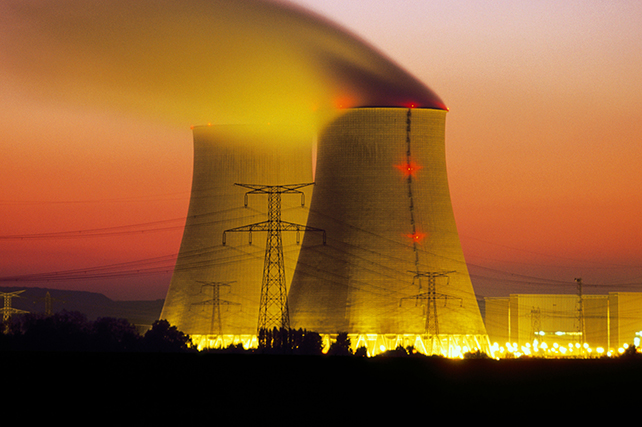
Advances in technology have continued to improve efficiency and safety over time, in some cases dispensing with moderators that slow down neutrons to allow for fissile material to capture “faster” particles. Today there are around 440 nuclear power plants are in use around the world, almost 100 of them in the United States alone. Combined, these plants produce around 10 percent of the world’s electricity, down 7 percent since its peak in 1993.
At a time when the production of about 60 percent of the world electricity produces greenhouse gases at a rate threatening catastrophic global warming, nuclear power represents a comparatively cleaner alternative.
But there are costs that may limit how much we should rely on nuclear power to salvage the climate crisis.
What is the problem with nuclear energy?
When it comes to finding low-cost, low-emission energy alternatives to fossil fuels, we could do worse than nuclear power. Importantly, we could also do better with renewable energy technologies like solar and wind power gets cheaper every year.
The challenges of nuclear energy fall into three categories: waste, risk and cost. Here are some examples of each.
Waste
One of the biggest public concerns about nuclear energy over the past few decades has been what to do with the uranium fuel when it becomes so clogged with fissile products that it can no longer efficiently produce energy.
This highly radioactive waste contains isotopes that take thousands of years to decay in radioactivity to levels roughly equivalent to the ore from which it originates. More than one at the moment a quarter million tons Highly radioactive waste is stored around the world and awaits disposal or reprocessing.
Is it bad? Although stored nuclear waste does not necessarily pose an immediate hazard if well contained, Long-term management issues and the possibility of mishandling and mishaps make the storage of a growing pile of nuclear waste a controversial issue.
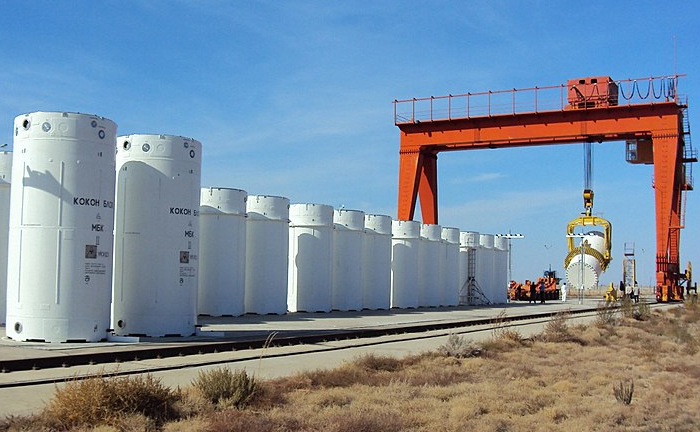
Carbon is also a waste product to consider. While the process of fissioning and converting nuclear energy into electricity is relatively free of carbon emissions, the gross carbon budget for mining and processing the ore needed for fission and building a concrete power plant is not zero.
A new nuclear power plant could be responsible for around 100% emissions over its lifetime 4 grams of CO2 for every kilowatt hour of electricity produced. Some estimates Set the emission much higher, at around 10 grams of CO2 in some cases up to 130 grams.
However, replacing coal-fired power plants with nuclear power plants could save millions of tons of CO2 from the atmosphere2 every year, not to mention particulate matter and other pollutants. For the same reason, clean renewable energy such as wind turbines and solar panels will not be zero-emissions due to the way they are manufactured and installed. The carbon footprints of solar and wind farms are more or less comparable with the lower end for nuclear power.
Overall, nuclear power is about as carbon-free (at best) as solar and wind power, albeit with an unpopular waste problem that few people want in their backyard.
risk
It has been more than three decades since Soviet-era Ukraine gave the world a taste of what the worst-case scenario of a nuclear accident might be. After a core meltdown during a technical test in 1986, the Chernobyl The nuclear power plant collapsed into a radioactive ruin in the middle of a landscape poisoned by his fallout.
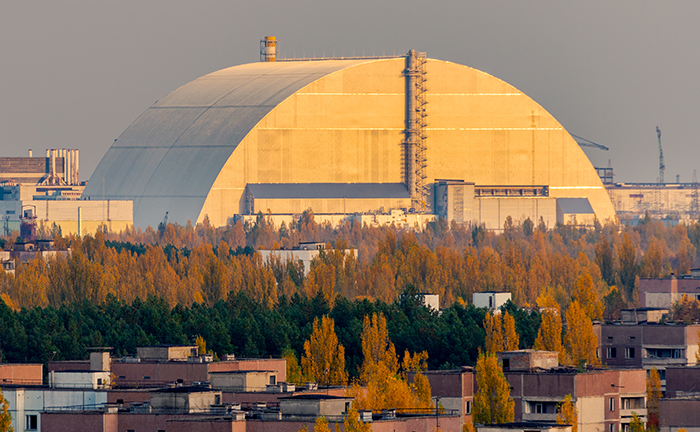
In 2011, Japan’s Fukushima nuclear reactor also suffered a meltdown after it was struck by an earthquake.
Devastating events like these are rare enough to deserve shocking headlines. However, some estimates suggest such meltdowns could occur once every 10 to 20 yearsrisking the spread of radioactive material across hundreds or even thousands of kilometers of landscape.
How bad could that be? That’s hard to say because it depends on a variety of factors related to population density, levels of exposure, and isotope concentrations. Accordingly The World Health Organization“The displaced Fukushima population is suffering from the psychosocial and psychological impact of resettlement, disrupted social ties of people who have lost their homes and jobs, severed family ties and stigma.”
In other words, it’s not just the risk of radioactivity that we have to worry about.
However, because we are so used to the health effects of burning fossil fuels, we hardly think about it Effects of particulate matter on health inflated by burning charcoal. which itself is also not entirely free of radioactive material.
Costs
To compare the cost of generating electricity, researchers use the so-called levelized cost of electricity (LCOE). This is a measure of the average net generation cost projected over the lifetime of a site.
This number depends on a variety of factors related to location and resource variability. But it is still possible to get a general view of the levelized cost of electricity around the world to compare technologies.
According to the World Nuclear Industry Status report for 2020, the LCOE for nuclear power increased 26 percent over the decade between 2009 and 2019 to $155 per megawatt-hour. At the same time, the price of coal fell 2 percent to $109.
Solar photovoltaics, on the other hand, collapsed by almost 90 percent to just 41 US dollars. The wind also fell to about the same value.
Can nuclear fission power plants save the world?
Of course, new technology can always make a difference. Find better opportunities to catch Nuclear waste could make it safer, or at least give the public confidence that it will be less dangerous in the future. Alternatives to uranium isotopes could take away fears of core meltdowns and the possibility of arming nuclear programs. Altered technologies could influence the size of the reactorsor even improve their LCOE overall.
But it’s likely too little too late.
An analysis The introduction of nuclear and renewable energy generation in more than 100 countries over the past 25 years has revealed that nuclear power simply has not achieved the same carbon reduction results as renewable energy.
Additionally, investing in nuclear power is a sunk cost that makes it more difficult to move down the road to a renewable energy future.
All this does not mean that nuclear energy has no place in the energy production of the future. space explorationFor example, it could benefit from advances in nuclear fission technology. Beyond energy production, the production of specific isotopes for medicine and research, all by nuclear fission, is an invaluable industry.
It may not save us from the climate crisis, but the nuclear age offers other technological advantages that will be with us for a long time.
All explainers are deemed correct and relevant at the time of publication by fact-checkers. Text and images may be changed, removed or added due to an editorial decision to keep the information up to date.


